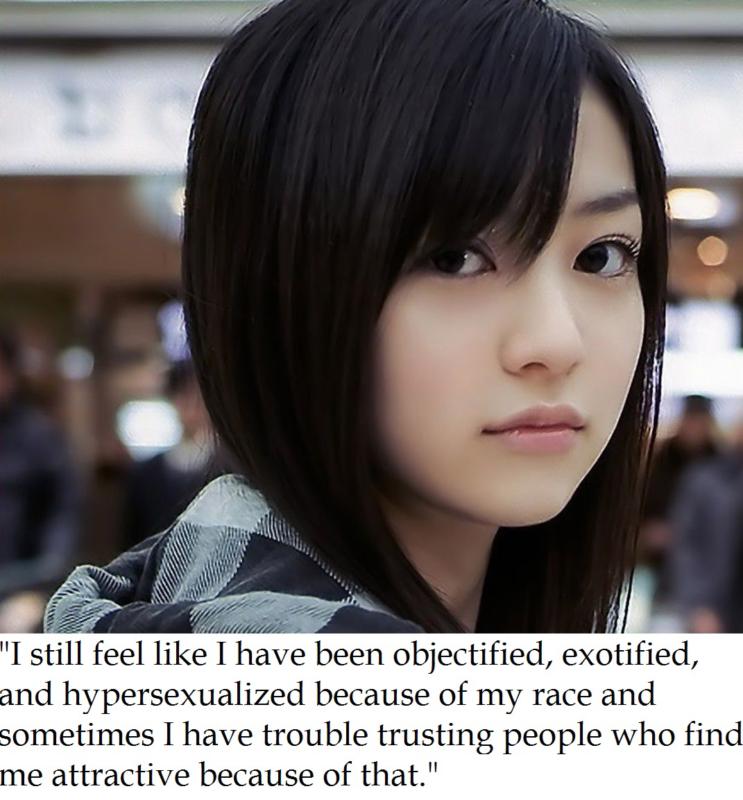 Yellow fever isn’t particular to otaku culture, but many men in the culture have it. Yellow fever is the strong sexual preference some men have for East Asian women–Vietnamese, Chinese, Japanese, and Korean. These men feel more attraction toward Asians than other groups of women, often to the point where a man can struggle to form relationships with women of his own ethnicity or with non-Asian women (Chang, 2006; Chow, 2013). Whether or not anime feeds this fetish–and yellow fever is a fetish as we will see–is debatable, but anime does show female characters with the traits thought to fuel yellow fever. Yellow fever isn’t limited to white heterosexual men. It also extends to Western women preferring Asian men. For this article, I’m limiting myself to just heterosexual men, but most of the argument should apply to the other groups.
Yellow fever isn’t particular to otaku culture, but many men in the culture have it. Yellow fever is the strong sexual preference some men have for East Asian women–Vietnamese, Chinese, Japanese, and Korean. These men feel more attraction toward Asians than other groups of women, often to the point where a man can struggle to form relationships with women of his own ethnicity or with non-Asian women (Chang, 2006; Chow, 2013). Whether or not anime feeds this fetish–and yellow fever is a fetish as we will see–is debatable, but anime does show female characters with the traits thought to fuel yellow fever. Yellow fever isn’t limited to white heterosexual men. It also extends to Western women preferring Asian men. For this article, I’m limiting myself to just heterosexual men, but most of the argument should apply to the other groups.
Online dating data from the Facebook app “Are you Interested” and OKCupid has found (Chow, 2013):
- Women get 3x more interactions than men.
- All men seem more interested in people outside their race.
- Black men and women get the lowest response rates.
- All women, except black women, are most drawn to white men.
- Men of all races (except Asian men) prefer Asian women.
- Asian and Latina women prefer white men “even more exclusively.”
This data does not reflect offline dating, but there is a clear discrimination toward black people. Some of this overall preference for Asian women comes from Asian stereotypes, and these stereotypes form the core of yellow fever. It is interesting to note that Asian men–who presumably live among Asian women–don’t prefer them over other ethnicities. This suggests how powerful stereotypes can be for the preference. Presumably, Asian men lack the stereotypes Western men hold toward Asian women. These data tells us how yellow fever has embedded itself in online interactions to the point where Asian women struggle with dating non-Asians (Chow, 2013). Zhang (2016) shares one of the comments of Asian women interviewed:
“I still feel like I have been objectified, exotified, and hypersexualized because of my race and sometimes I have trouble trusting people who find me attractive because of that”
A common refrain among the studies and interviews I’ve read: “Am I loved for me or because I’m Asian?”
The East Asian Female Stereotype

The exoticism of East Asian women goes as far back as Marco Polo’s travels along the Silk Road in the 1200s (Ren, 2014). The Western interest with the idea of the exotic East Asian woman extends throughout Western literature and with the opera Madame Butterfly, which glorified servitude and love of an Oriental women for a white man. The opera built upon and popularized the traits long attributed to Oriental women (Chang, 2006; Gattig, 2013; Ren, 2014) :
- Submissive
- Innocent with an open mind toward sex
- Better at sex than all other women
- Quiet
- Faithful mother
These traits play into male fantasies. Male culture looks for submissive women who are quiet (no nagging!), cute and innocent, but a she-devil in bed. Oh, but don’t forget she also has to be a faithful wife and mother too. These contradictions extend to any ideal female, but Asian women are seen as the living embodiment of these ideals. The American Occupation of Japan after WWII cemented these ideas. Japanese prostitutes, often posing as geisha and other exotic women, serviced American soldiers and precipitated the idea of the East Asian as a sexual goddess. Then came Madame Butterfly and the influx of Asian war brides, who were seen as a kind of war trophy by many. Western media often shows Asian women as passive and submissive because it is attractive for many men (Ren, 2014). The image of the East Asian woman appeals to many men who are tired of feminists, with their values of independence and autonomy, and crave a “traditional” relationship where women were dependent on men (Gatting, 2013).
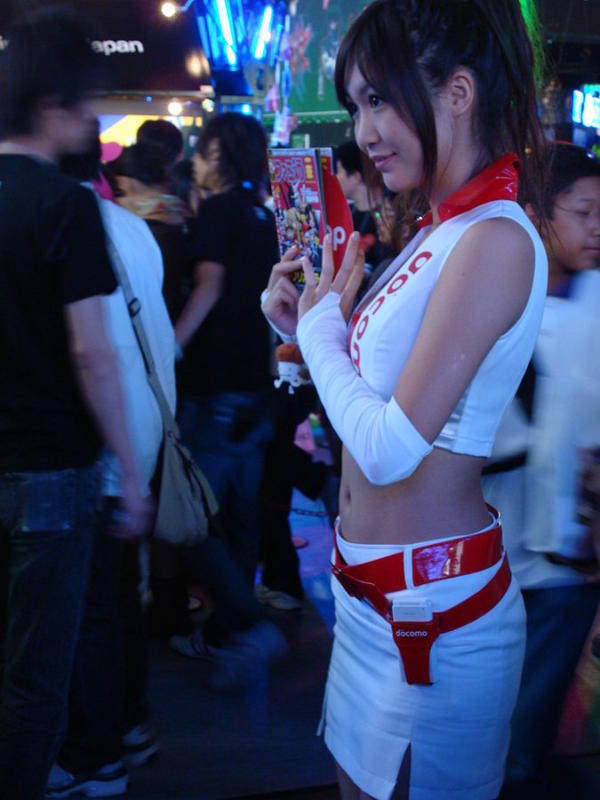
This ties back to the old sense of male identity that has come under threat in recent decades. The traditional view of masculinity was of a dominate, bread-winning guy and a quiet, stay-at-home wife who submitted to his needs and needed protection. Never mind how this type of relationship didn’t exist. But masculinity’s current identity crisis may fuel yellow fever because of how Asian women are stereotyped to match masculinity’s ideas. In anime, you see some of these masculine ideals, particularly that of protection. So in that regard, anime encourages the problem.
But is it really a problem to like East Asian–Japanese women in the case of otaku? Isn’t it the same as liking women with blond hair or brunettes or blue-eyed girls?
The Mere Preference
“The issue of fetishism and preference,” Sheridan Prasso, author of The Asian Mystique: Dragon Ladies, Geisha Girls, and our Fantasies of the Exotic Orient, writes, “is so prevalent, so pervasive in relations between East and West, that even healthy, normal relationships often are tarnished by the accusation. (Gattig, 2013).
Fetish has two definitions which combine in the case of yellow fever. The first definition involves an abnormal sexual attraction toward something, such as a foot fetish. The second definition of fetish involves an object worshiped by people because of its supposed magical powers or because a spirit dwells within it. East Asian women are both sexually sought after because of their ethnicity and worshiped because of their supposed magical combination of ideal traits.
Yellow fever isn’t a preference as much as a subtle form of racism. We normally think of racism as a form of hate, but you can like an ethnicity and fall into racism. Racism involves a belief that a group of people have characteristics, abilities, or qualities specific to their ethnicity (Chang, 2006). Black men are fast runners. Chinese are good at math. These are all forms of racism despite being “positive” statements. Who wouldn’t want to be a fast runner or good at math? But they reduce individuals to a bundle of stereotypical traits. Yellow fever falls under this same line of thought. Asian fetishism is brushed off as a compliment rather than being offensive. Asian women, after all, should feel flattered so many non-Asian men prefer them.
 But it’s not racist to like blonds or brunettes, so why is liking Japanese women more than other women considered racist? Yellow fever is nothing more than an attraction to superficial attributes. Well, that alone is a problem because its liking someone for how they look rather than who they are, but let’s look into the argument.
But it’s not racist to like blonds or brunettes, so why is liking Japanese women more than other women considered racist? Yellow fever is nothing more than an attraction to superficial attributes. Well, that alone is a problem because its liking someone for how they look rather than who they are, but let’s look into the argument.
The best way to examine the mere preference argument is from the perceptive of the women. First, people who lack culturally attractive physical traits have disadvantages in their careers along with their social and romantic prospects (Zheng, 2016). This puts pressure on women in particular. Yellow fever compounds this discrimination by adding more pressure to live up to the stereotypes. When they fail to live up to the stereotypes, Asian women are open to harassment and even violence (Zheng, 2016). Yellow fever combines sexual attraction–the first definition of fetish–with the idea of an object with special, magical properties. This is more than feeling attracted to Asian faces. Yellow fever’s exclusivity shows its not just aesthetics. Otherwise, men with yellow fever would feel attraction to beauty in general and not just Asian beauty. How ever that is defined.
Yellow fever has the stereotypes of Asian women built into it because “racial fetishes always depend on racial stereotypes rather than pure aesthetic features, and second explicit disavowals of the stereotypes provide no evidence against the fact because the origins of sexual preferences are not usually transparent to those who have them. (Zheng, 2016).
But the mere preference idea does offer another argument: that it is a sign of color-blindness. Because it is a cross-racial preference, it shows it isn’t racist. However, yellow fever is a form of objectification. Asian women don’t always know if the guy is into them for who they are or if it is because of her ethnicity. This creates a feeling of interchangeability. This form of objectification, called, fugibility, is the opposite of love (Zheng, 2016). Love means the beloved cannot be replaced with someone else with similar qualities. Yellow fever places a different between Japanese women and, say, Middle Eastern women and Western women when the differences shouldn’t matter. Instead of being color-blind, yellow fever emphasizes it. It also fails to recognize the fact East Asian women have experienced racialized patterns of treatment (Zheng, 2016).
Furthermore, blonds and brunettes don’t have the same history of exploitation, colonization, slavery, persecution, and exclusion because of their hair color. Nor does hair or eye color affect socio-economic and political opportunities. Race does. Asians and people of color experience this daily. Added to this is the fact white people are more likely to date within their race than outside it despite what online dating reports (Zheng, 2016). Online dating reports interactions, not actual dating patterns. Yet, there there isn’t a term like “white fever” for those who are interested in white men and women. Choosing to date non-whites, if you are white, requires some special explanation. White men with yellow fever are viewed as unable to date white women. As this thinking goes: many Asian immigrant women are of lower-class backgrounds, perfect for these inept men. Cross-ethnic marriages across other groups face similar implied judgments from people. Black men who marry white women fall under the suspicion of self-contempt—the marriage says black women aren’t good enough (Zheng, 2016). All of which is nonsense.
Because of all this, yellow fever isn’t a mere preference. It has too many stereotypes built into it, and the exclusivity stops it from being a mere preference. This isn’t to say everyone who finds East Asian women attractive has yellow fever. But if they are only attracted to East Asian women, that is the marker for the fetish.
The Cost of Yellow Fever
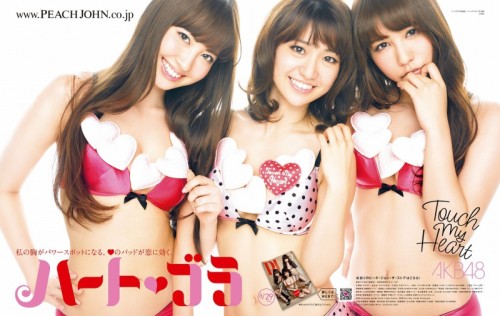
Yellow fever hurts women. It creates a set of standards East Asian women are expected to live up to and paints them with a broad brush. Japanese, Chinese, Vietnamese, Filipino, and Korean women are all seen in the same way. Cultural nuance and individual personalities disappear. When ladies can’t live up to the standards, they face harassment and even violence (Zheng, 2016).
The existence of the fetish makes Asian women doubt their relationships with non-Asian people. She has to wonder if he loves the idea of her as an Asian woman instead of her as a person.
Yellow fever costs men too. It encourages a one-dimensional, false view of masculinity and of womanhood. It has created an industry of Asian mail-order brides who are supposedly submissive and less-intimidating (Chang, 2006). This reduces a person to an object that is as interchangeable as a shirt. Yellow fever stops men from forming true relationships.
Behind all of it is superficiality. The appearances of Oriental women varies far more than yellow fever acknowledges. Just as the personality traits are turned into a checklist, the fetish reduces outward appearance to a single ideal image of “Asianness.” Yellow fever doesn’t acknowledge culture differences or personal differences. It is a colonialist, chauvinistic perspective that disguises itself as color-blind ideology even as it encourages racism. Ironically, yellow fever works against itself. It prevents a man from forming a true connection with a woman he supposedly loves the most.
References
Chang, M. (2006). Made in the USA: Rewriting Images of the Asian Fetish. Undergraduate Humanities Forum 2005-6. Workd & Image 6.
Chow, K. & Hu, E. (2013) Odd Favor White Men, Asian Women on Dating App. Code Switch, NPR. http://www.npr.org/sections/codeswitch/2013/11/30/247530095/are-you-interested-dating-odds-favor-white-men-asian-women
Gattig, N. (2013) ‘Yellow fever’ and the fantasy of the Asian female. The Japan Times. http://www.japantimes.co.jp/community/2013/06/25/issues/yellow-fever-and-the-fantasy-of-the-asian-female
Ren, Y. (2014) ‘Yellow fever’ fetish: Why do so many white men want to date a Chinese women? The Telegraph. http://www.telegraph.co.uk/women/womens-life/10935508/Yellow-fever-fetish-Why-do-so-many-white-men-want-to-date-a-Chinese-woman.html
Zheng, R. (2016). Why Yellow Fever Isn’t Flattering: A Case Against Racial Fetishes. Journal of the American Philosophical Association, 2(3), 400-419. doi:10.1017/apa.2016.25

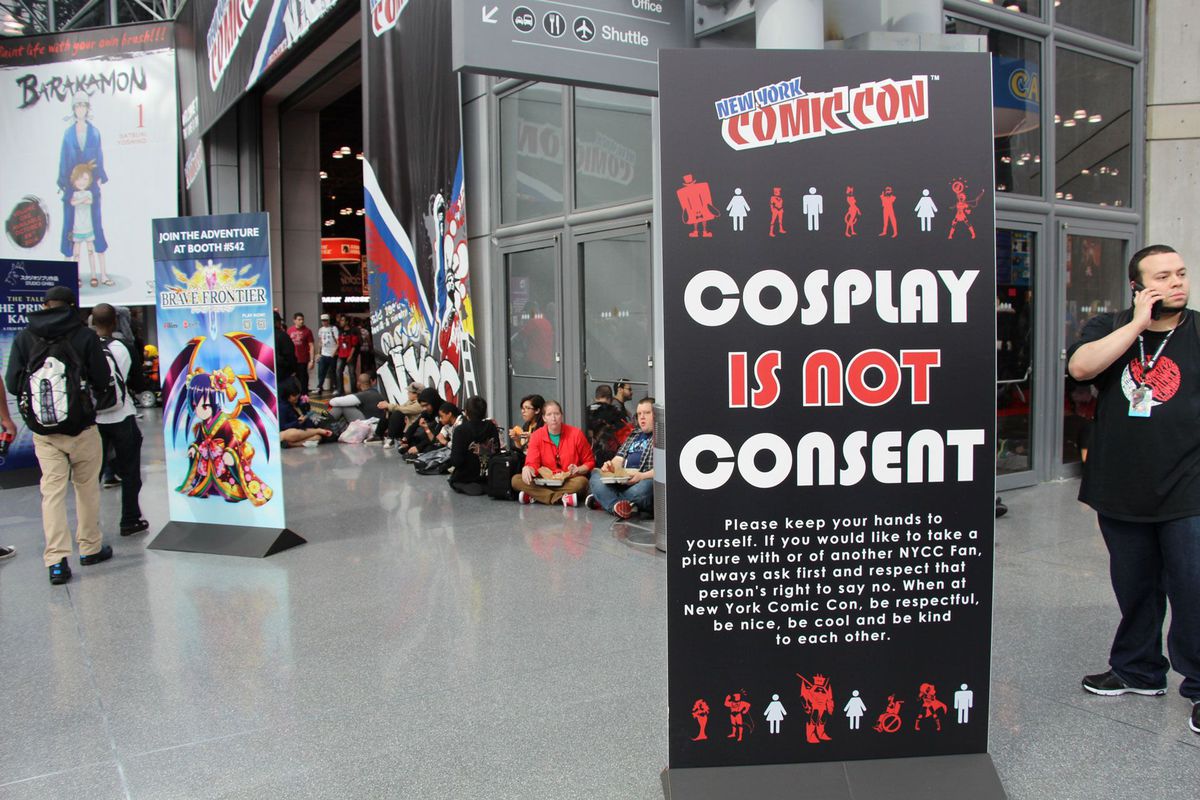

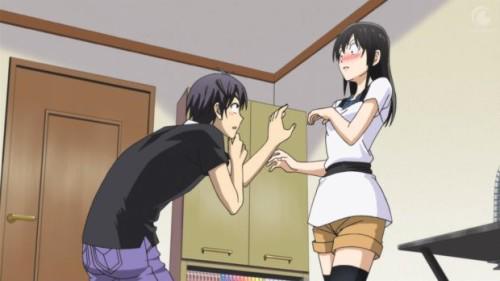
![Why Do Anime Characters Always Get Colds [and Collapse from Them]? fairy-tale-anime-lucy-sick](https://www.japanpowered.com/media/images/fairy-tale-anime-lucy-sick-350x230.webp)
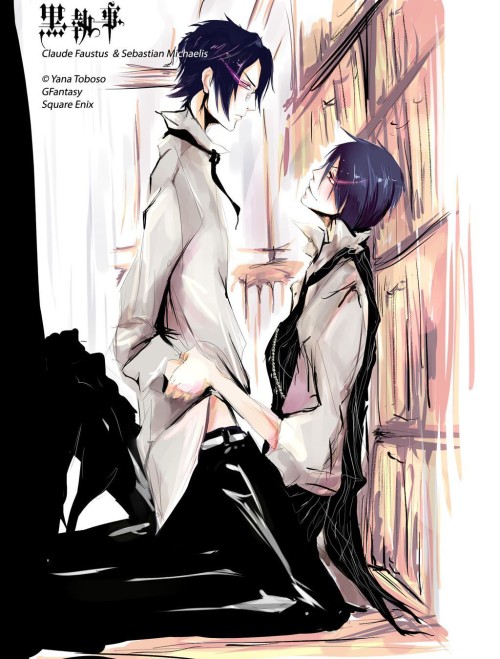
The facts are that outliers prefer other races, most people prefer thier own kind. The reports of online interactions came from data by OkCupid, a site known to promote liberalism. Mixed men like Dean Cain and Keanu Reeves are much more well known then Asian stars.
People seem to fear differences, even though different cultures and perspectives enrich your perspective.
This was nearly a good article. There were some good observations. However, there were too many leaps of inference that lead me to question if the topic should have been approached with more objective oversight or supervision.
It has been some time since I wrote this article. Can you point out the leaps of inferences you see? I want to improve my writing and approach.
What about white women who prefer Asian men? Are we stereotyping them as smarter, better shape, richer, more refined than hakujin men? Is this evil also?
While some white women prefer Asian men, it isn’t as common as white men preferring Asian women. The only data I could find suggest white women have a hard time dating Asian men because Asian men often struggled to communicate their feelings. I’m sure some women stereotype Asian men. Stereotyping prevents people from seeing the person as an individual regardless of who is doing the stereotyping.
Nobody likes Asian men anyways lmao, the statistics say asian men are the least valued and desired among all groups. More refined? Richer? I’ve never heard of asian men being richer and more refined than White men. If that’s the case then ricecels wouldn’t exist right?
The bias against Asian men just shows racism is alive and well. No group of people is inherently better than another.
just in movies.. The lover L’amant,,,….. hahaha